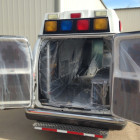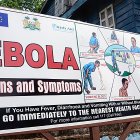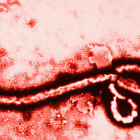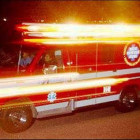
Oct 30, 2014
This morning I saw a video come across pretty much all of the major EMS related news sites about a fire crew from Glendale, Arizona who were filmed while restraining a patient. I fired up the video and sat there watching saying to myself over and over “it looks fine to me. . . still looks fine. . .” and then one of the firefighters opened his mouth, and lost his cool. He informed the patient that he was “dead meat” and began swearing at the patient and the family. Have a look at the video, but be aware that there is potentially offensive language used in it. It might not be suitable for work. The backstory on the call is sketchy: a patient who had a “seizure” after overdosing on medications who first punched his father and then assaulted the crew. During their restraint of the patient, the stretcher ended up on its side, and at least two firefighters ended up on top of the patient. Operating in a vacuum, and putting the video on mute, the crew did a pretty good job retraining the patient. He was being held down by an adequate number of people leaving other responders to watch the scene, and monitor bystanders. If two people can effectively hold a patient down, then there is no reason to have five people on top of him, so kudos for that. Keeping with the desired online theme of not armchair quarterbacking this call, I feel that this is a good time to touch on a couple of different points that we can remind ourselves of after watching this video. In the world of power stretchers, we no longer have to lift it to its highest level right off the bat to prevent repetitive lifts. Keep your stretcher at a manageable level especially when you have a patient on it who might become combative. If you start off at a level higher than your patient, then they will be easier to control, and while you might put yourself at risk for strikes to some areas that men specifically might be more protective of, you will prevent yourself from being struck in the...







